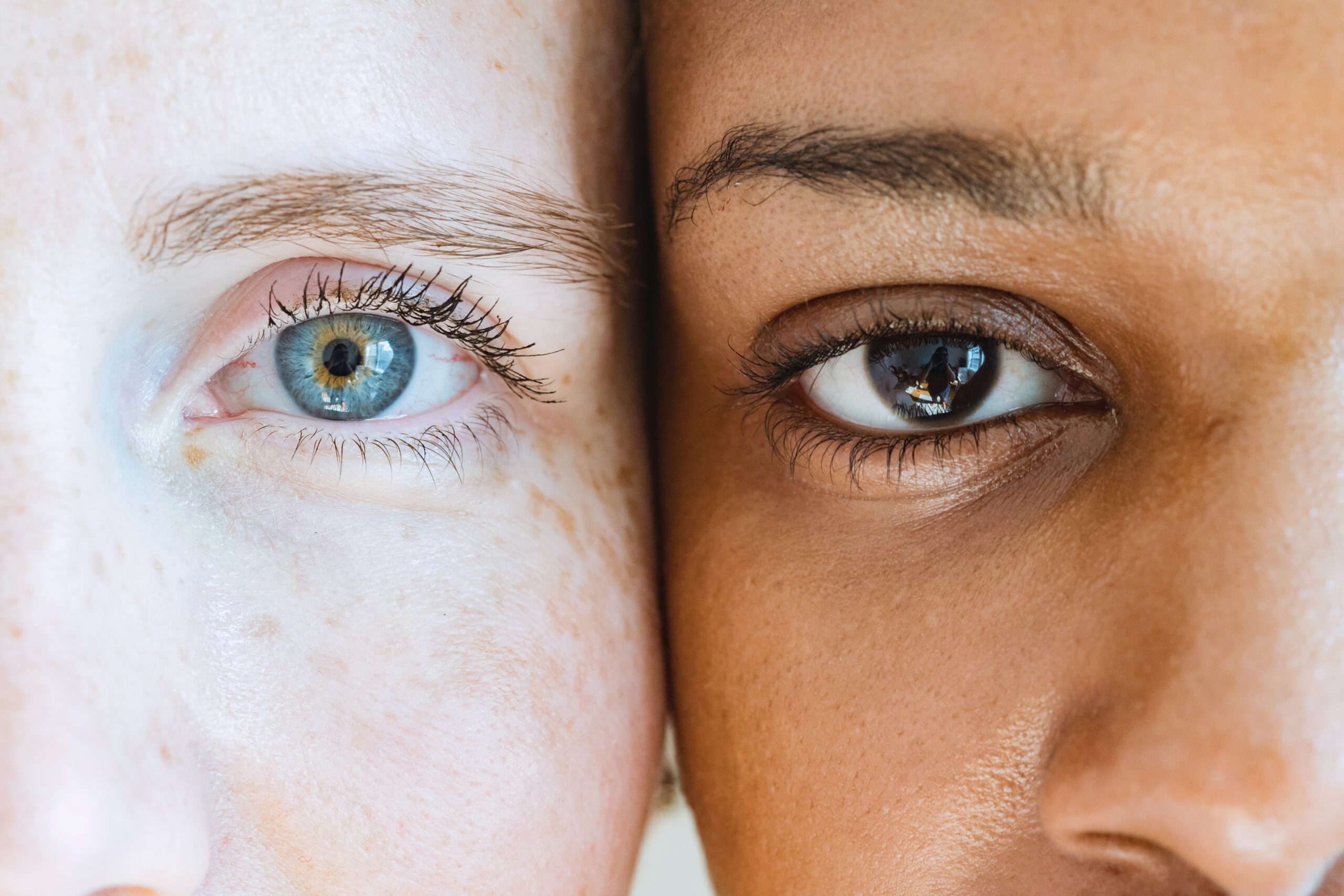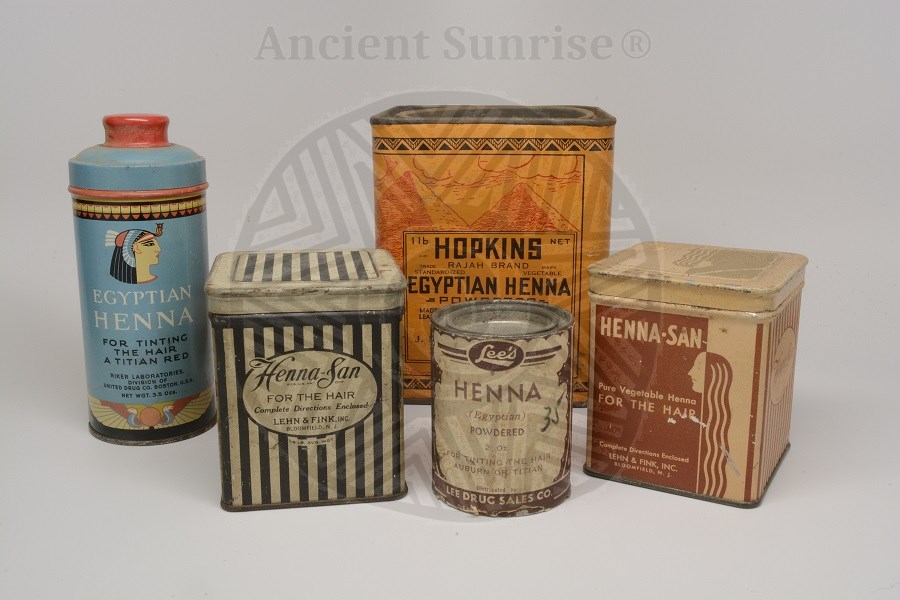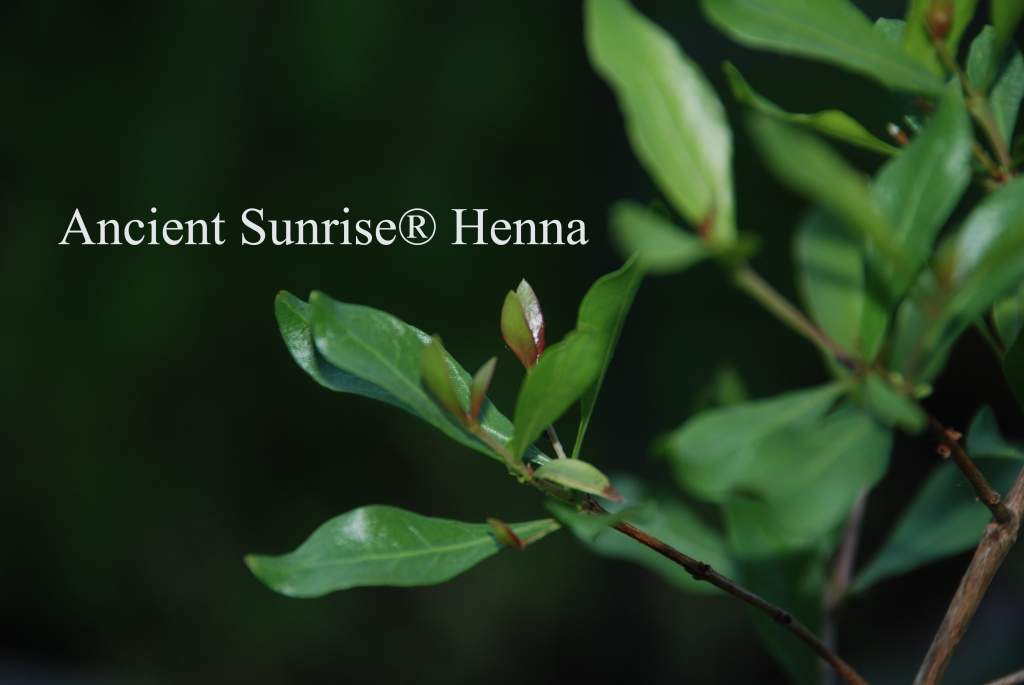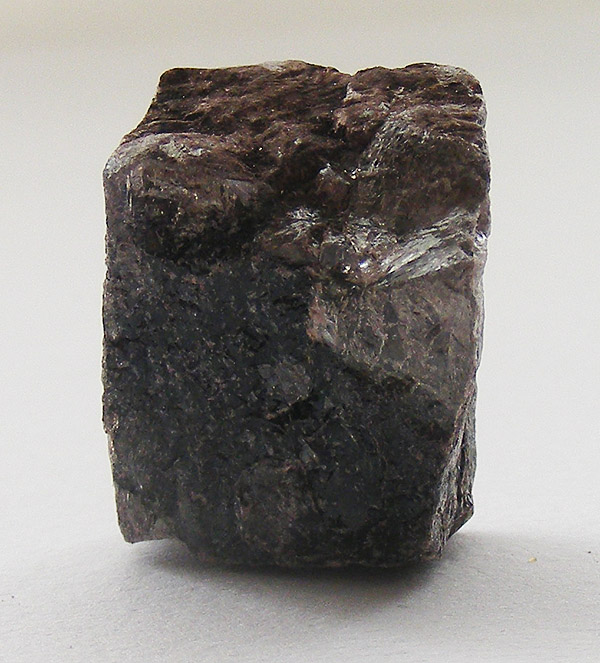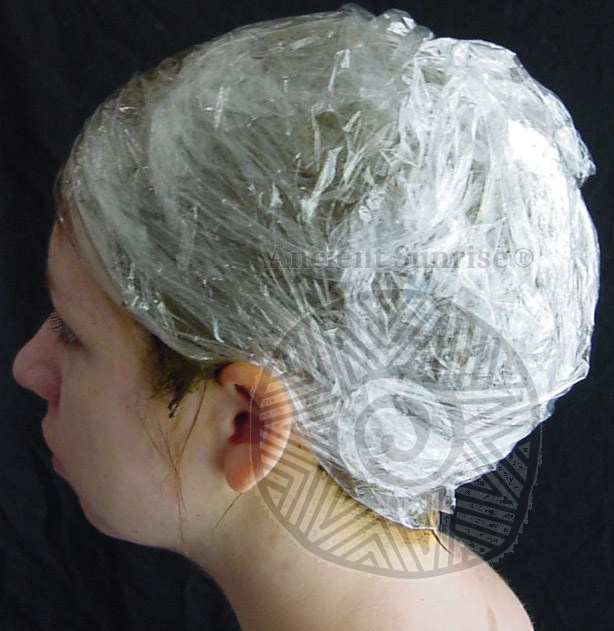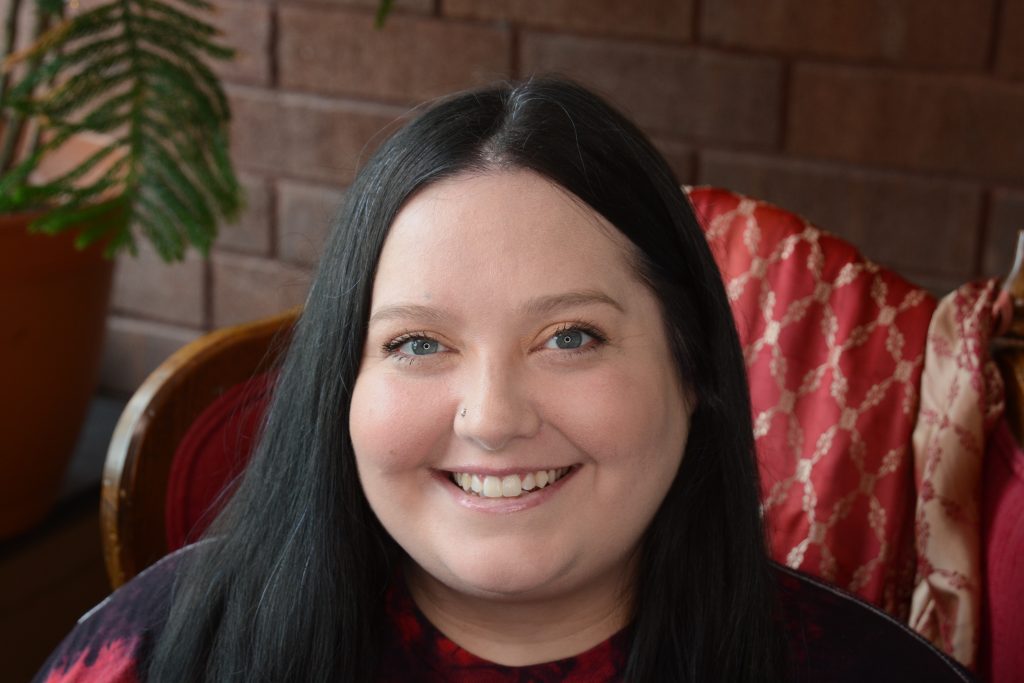
All Natural Hair Color
Patty’s hair showcases the stunning results of using all-natural Ancient Sunrise Zekhara Indigo on dark graying hair. The Zekhara indigo hair dye creates a vibrant blue-black color that looks natural yet bold.
Hair Transformation using only Ancient Sunrise Zekhara Indigo hair dye
Patty’s original ash medium-dark brown hair with 30% gray has undergone a significant change over the past two years. With two full head applications and regular touch-ups using only indigo, her hair has transitioned into a deep, blue-black hue. The gray hairs are subtle variations in blue color creating dimension. This consistent use of indigo dye has not only covered her gray hair effectively but also created a unique and striking look.
Before and After Indigo Hair color
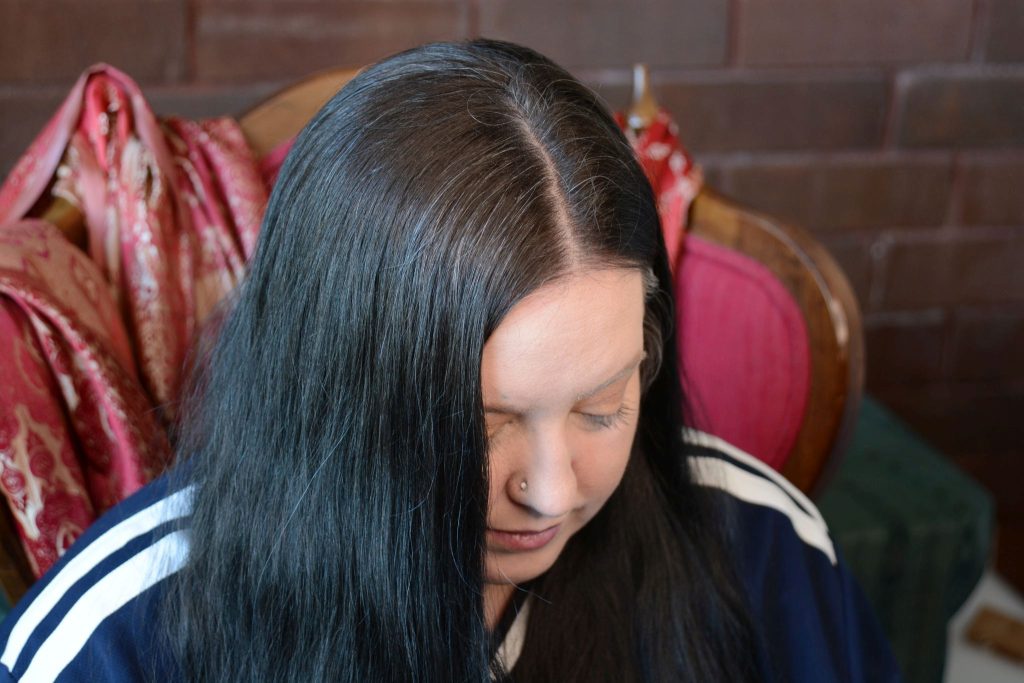
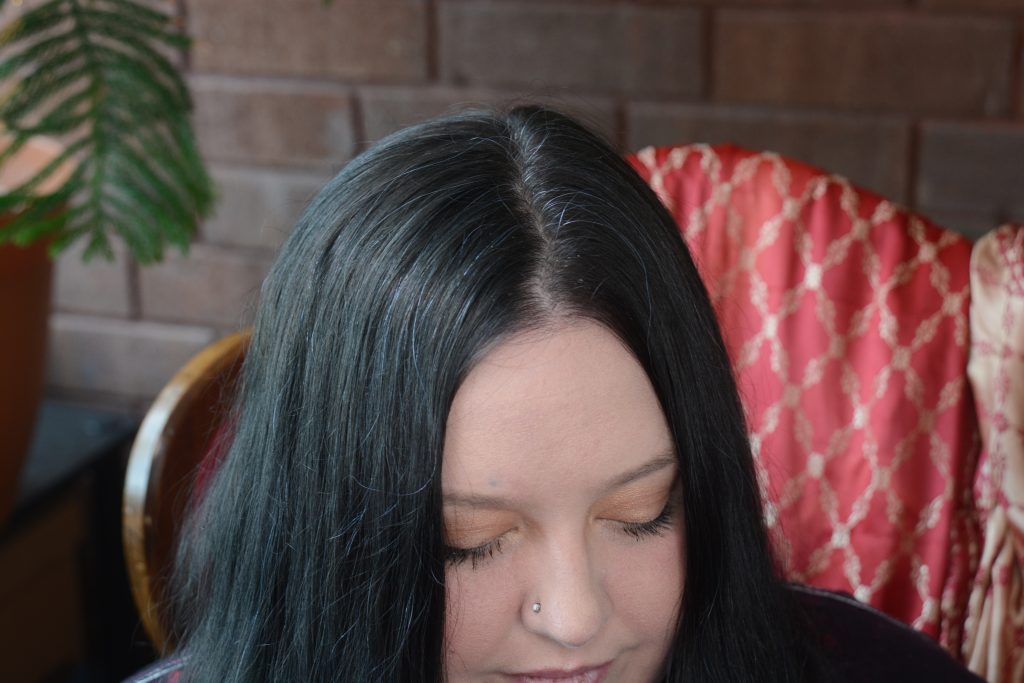
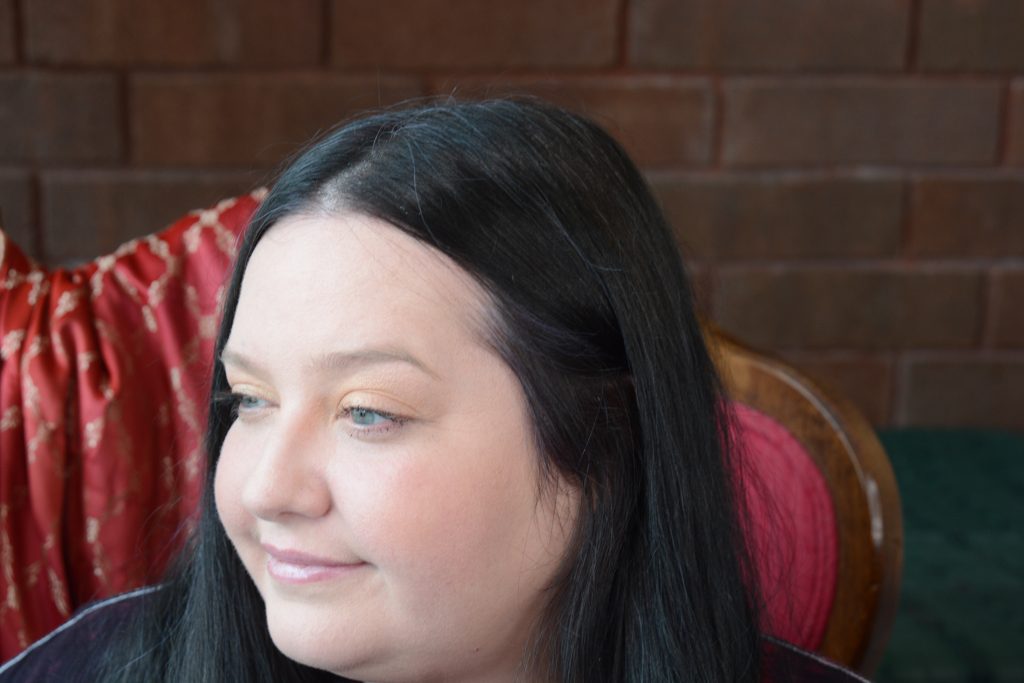
The Benefits of Using Indigo as a Safe Hair Color Option
Indigo has great conditioning properties, leaving hair soft and shiny which is beneficial for maintaining the health of graying hair. Ancient Sunrise Indigo is an all natural plant powder with no chemicals or adulterants making it a safe coloring option. Indigo’s quick application without the need for dye release time makes it a faster dyeing process. Its immediate use and shorter processing time of just two hours make it a time-efficient option for blue black color.
Important points when using Indigo hair color
- Indigo is all natural and safe on all hair types
- Indigo has no dye release time and should be used immediately
- The processing time is TWO hours
- Indigo is permanent and should not be bleached due to the color turning a peculiar green.
- Add a teaspoon of salt to your paste to increase the color uptake especially on gray hair.
- Usually you only need to touch up new hair growth, however a full head application once a year can improve hair health
- Left over indigo paste can not be frozen or saved. The color demises after a few hours.
- Bags of indigo powder need to stay above freezing temperatures to remain viable
- Ancient Sunrise is all natural with no additives, no metallic salts and no PPD
- All natural Ancient Sunrise for a Bright New Day!
Indigo mixed with Henna creates an array of colors
The top 3 henna kit colors used with indigo are Medium Brown, Dark Brown and Black. Find all Ancient Sunrise Henna kit colors on http://Mehandi.com. Our customer service team can help you with the perfect custom henna mix for you. https://www.mehandi.com/page/support
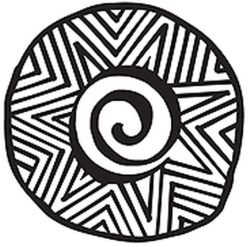
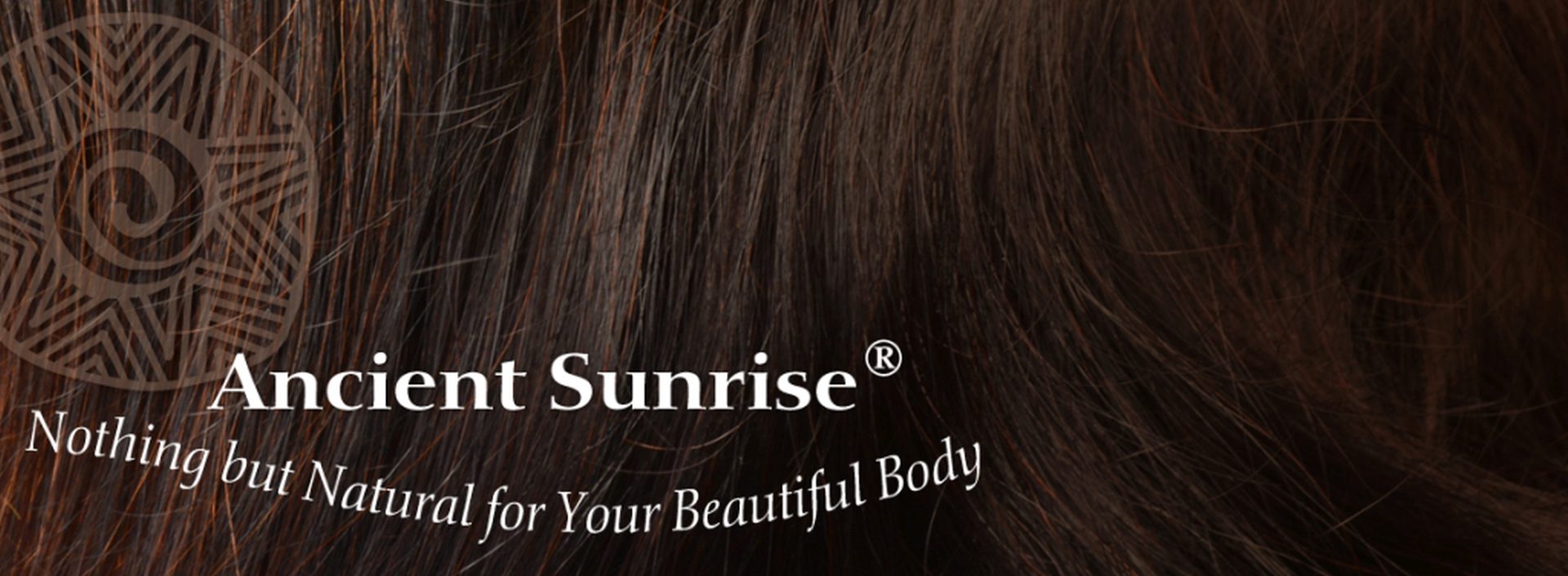


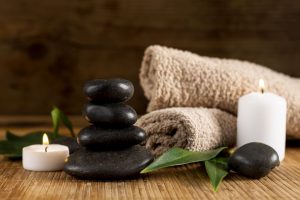

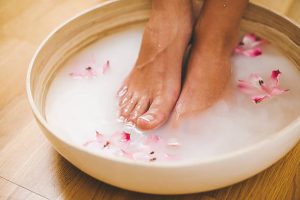
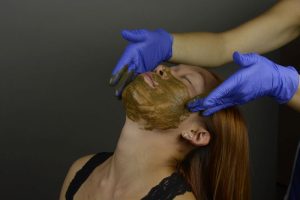
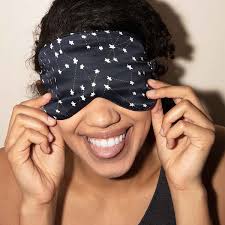
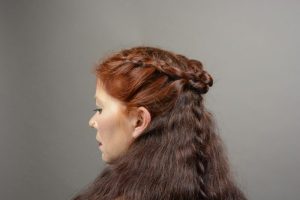
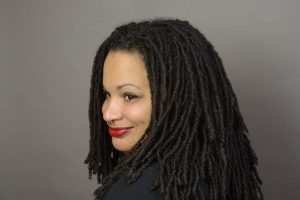

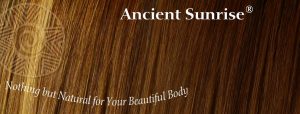
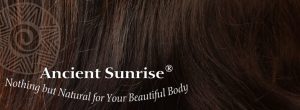





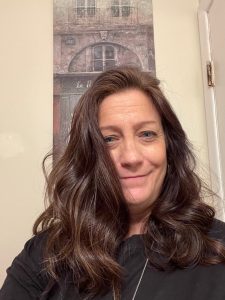
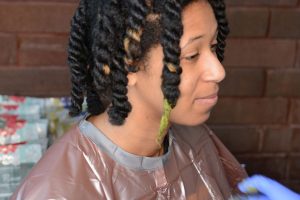
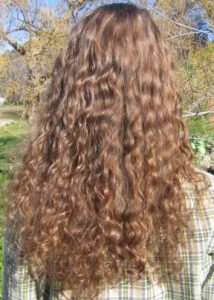

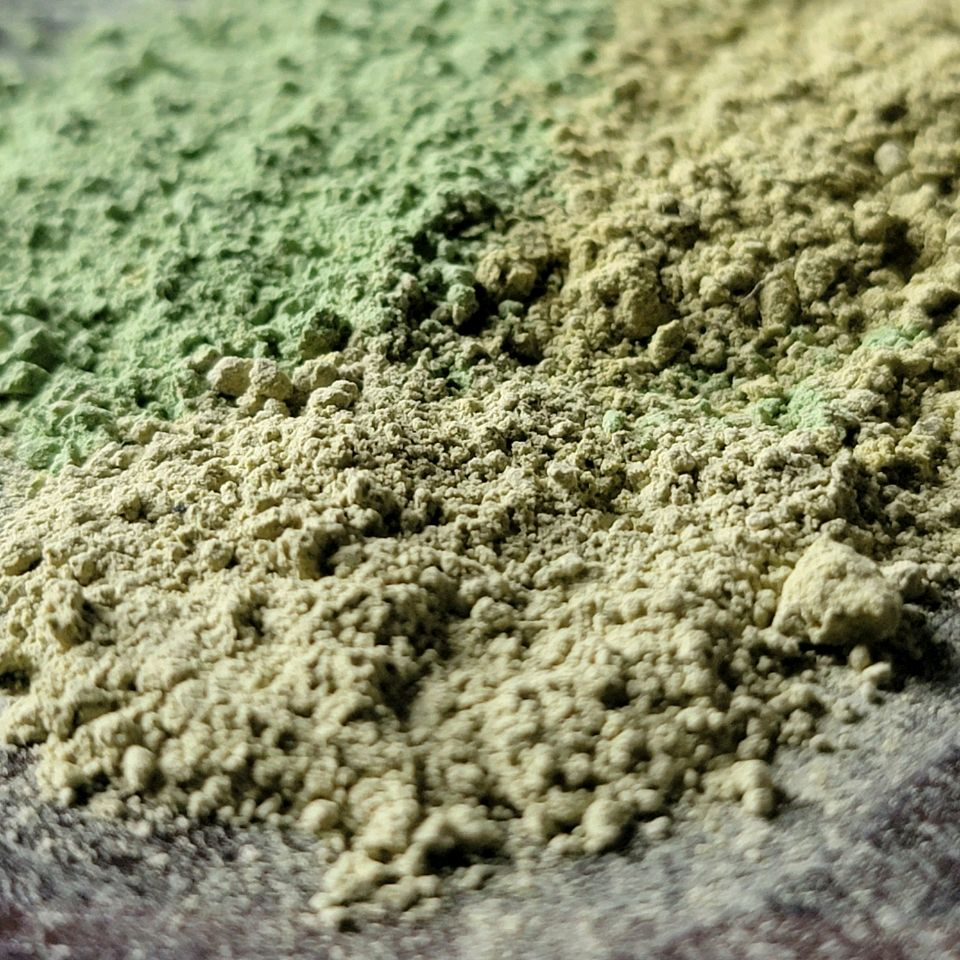
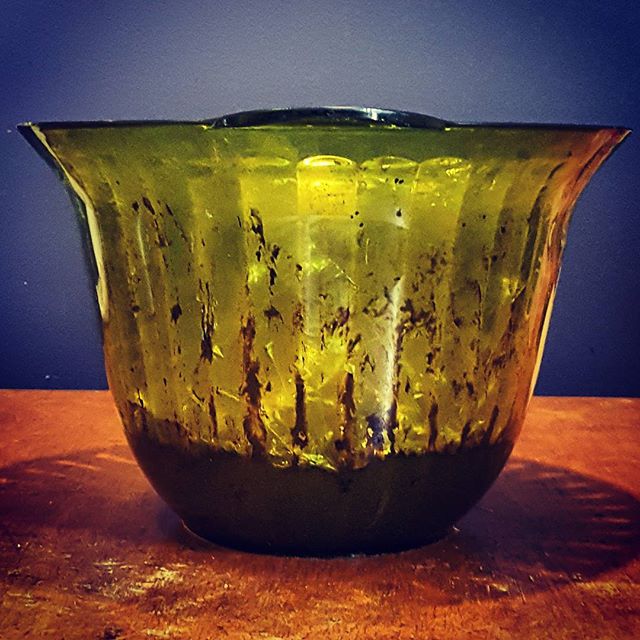
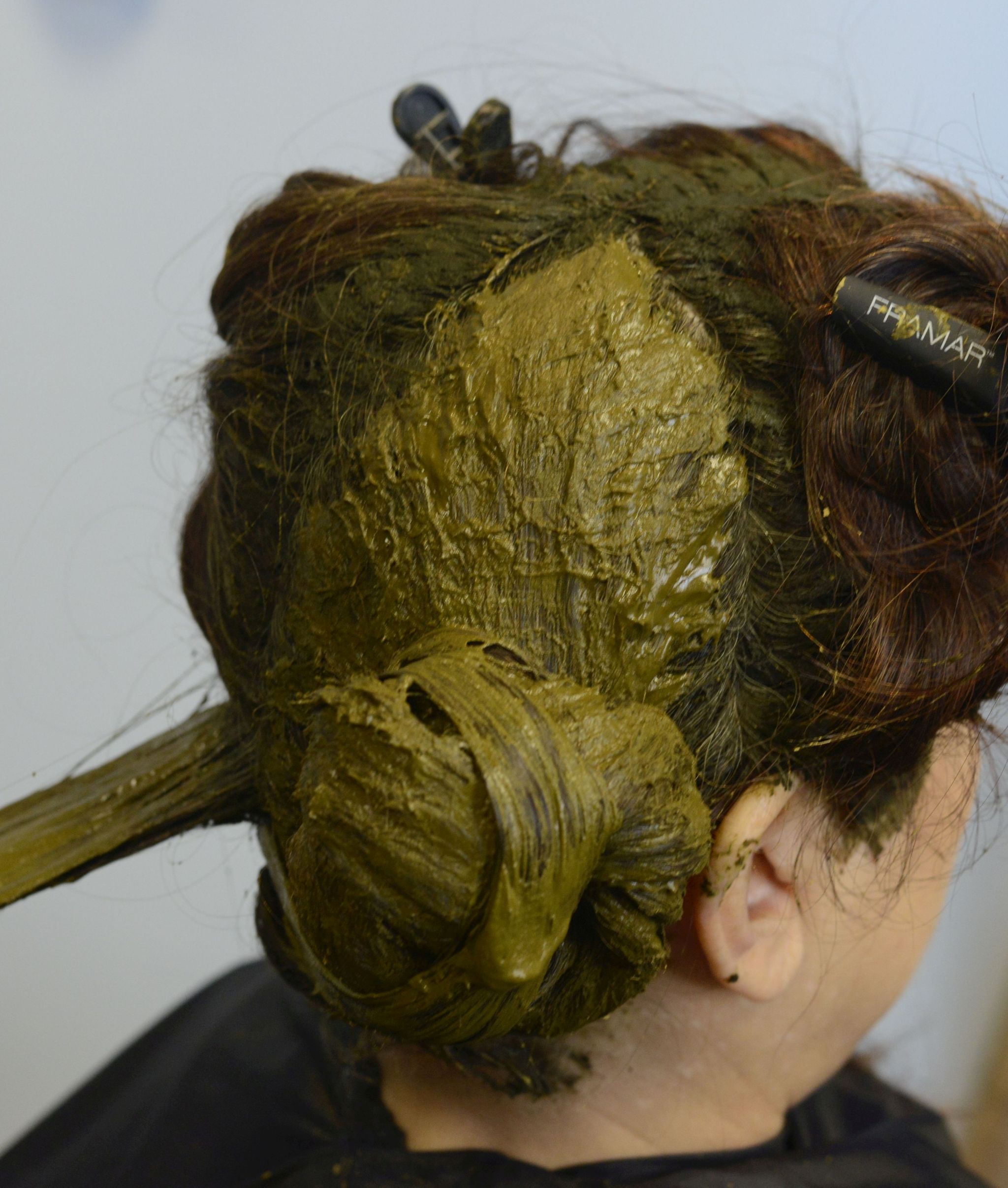
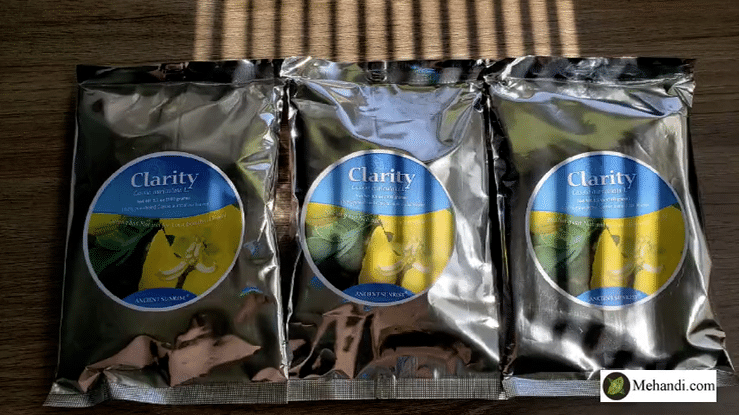
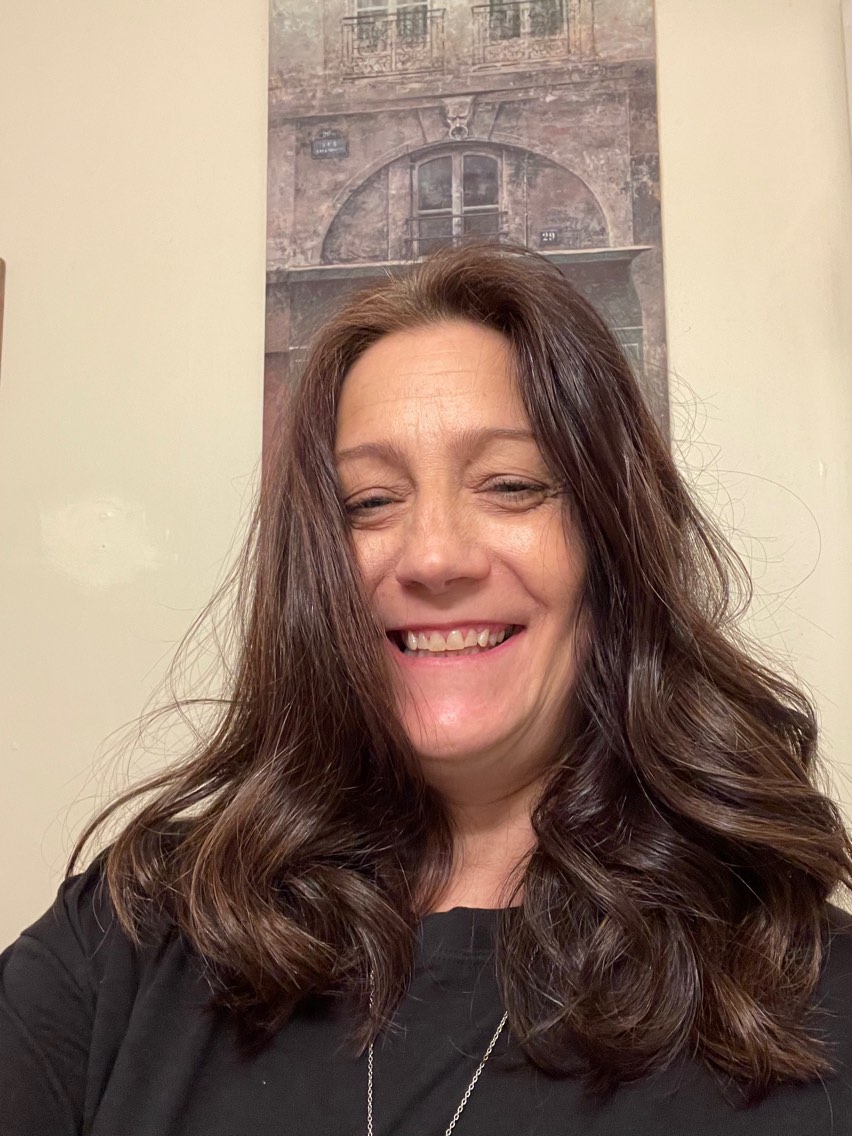
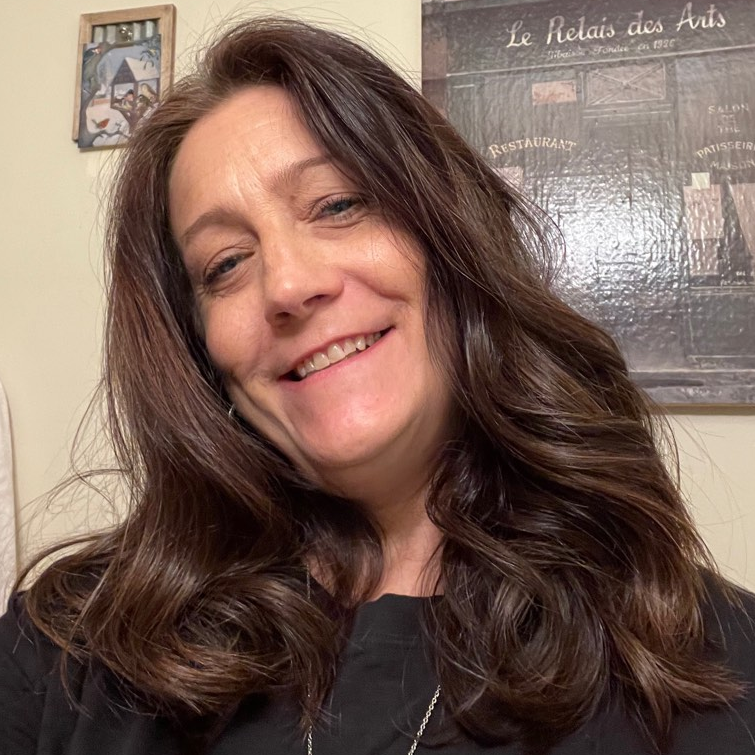 Michele • Ancient Sunrise® Inventory and SEO specialist
Michele • Ancient Sunrise® Inventory and SEO specialist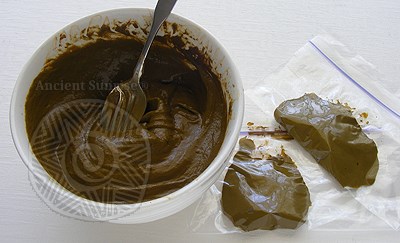




 Maria • Ancient Sunrise® Specialist • Licensed Cosmetologist
Maria • Ancient Sunrise® Specialist • Licensed Cosmetologist